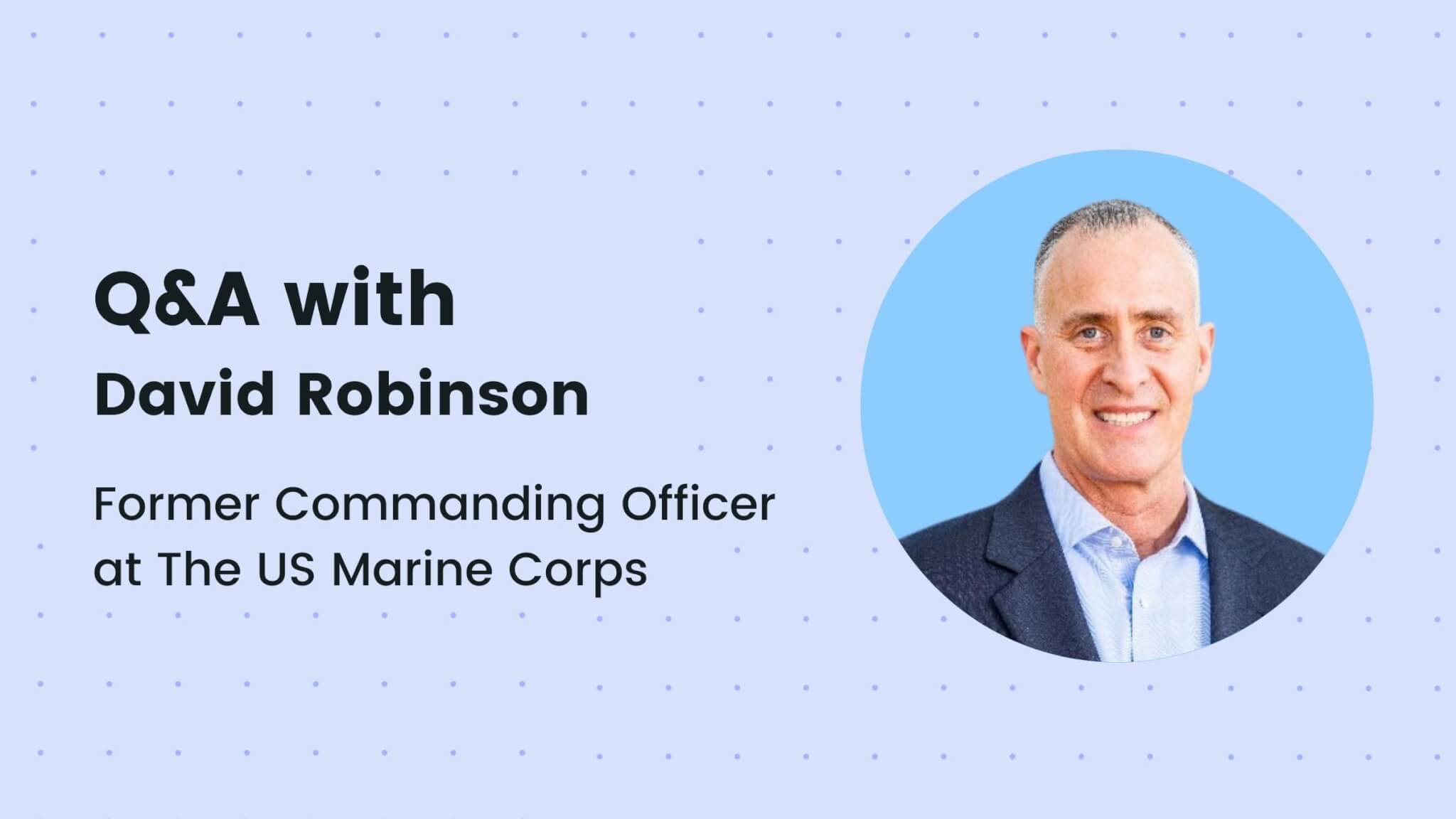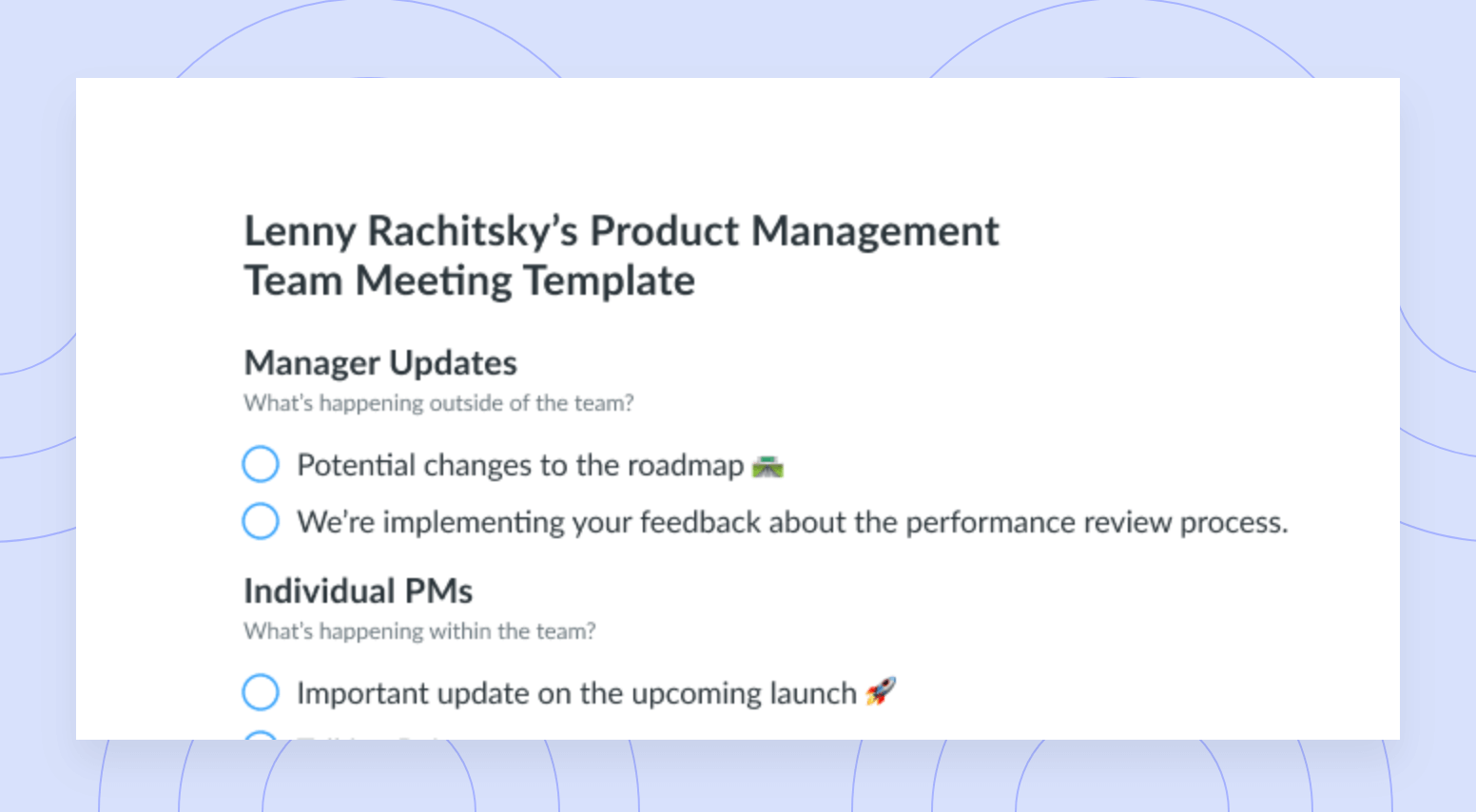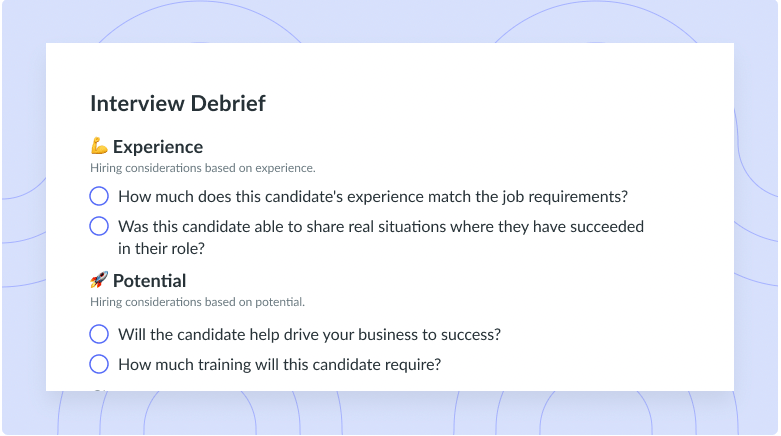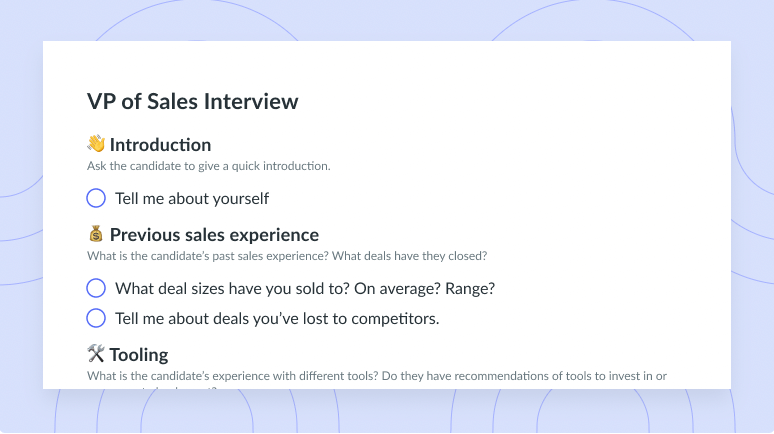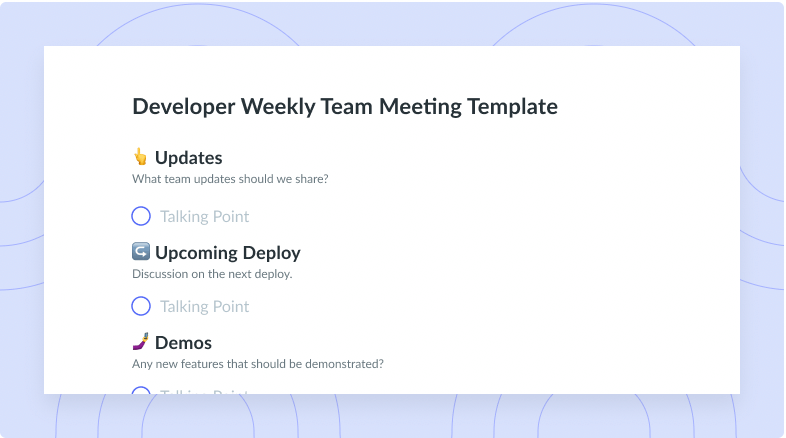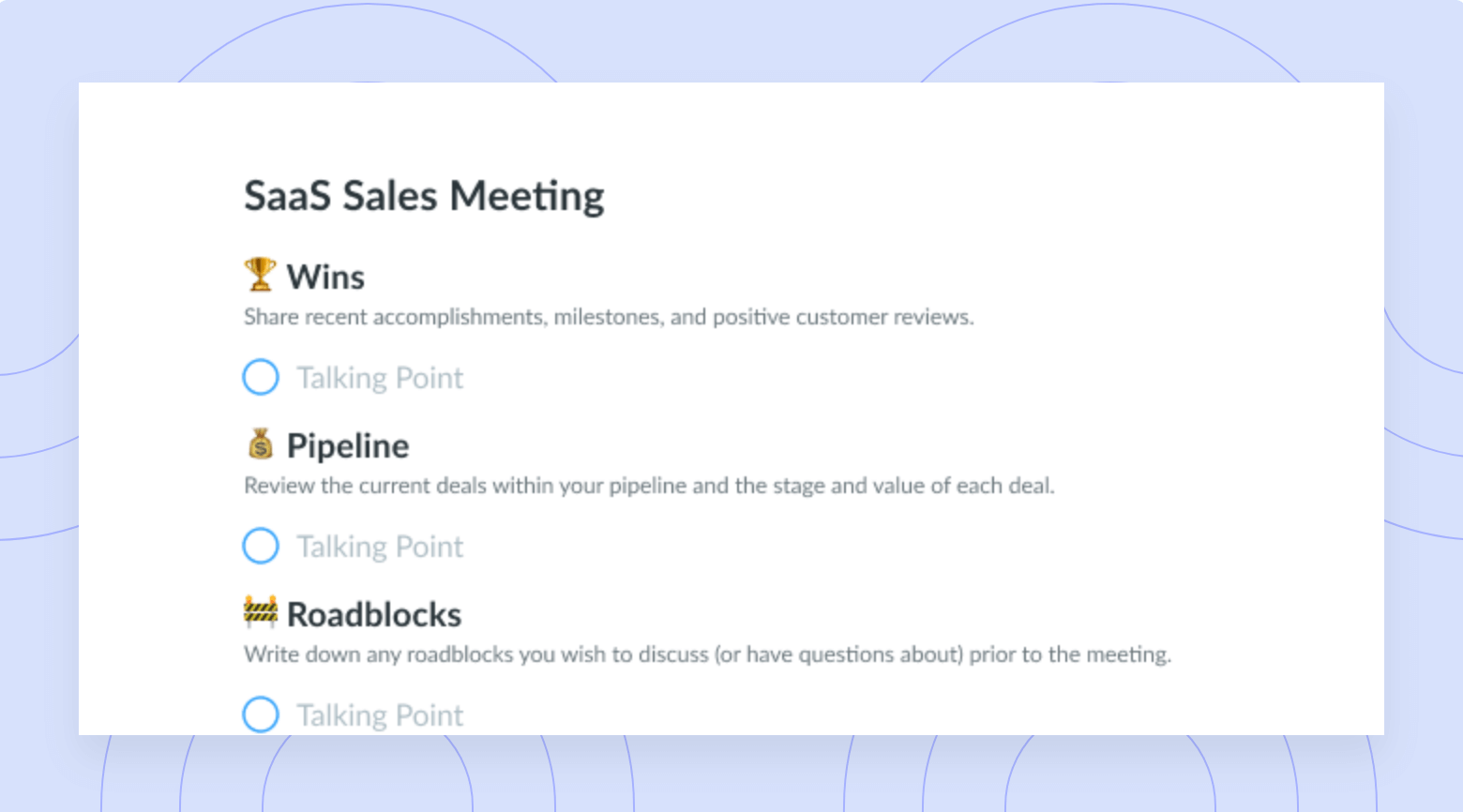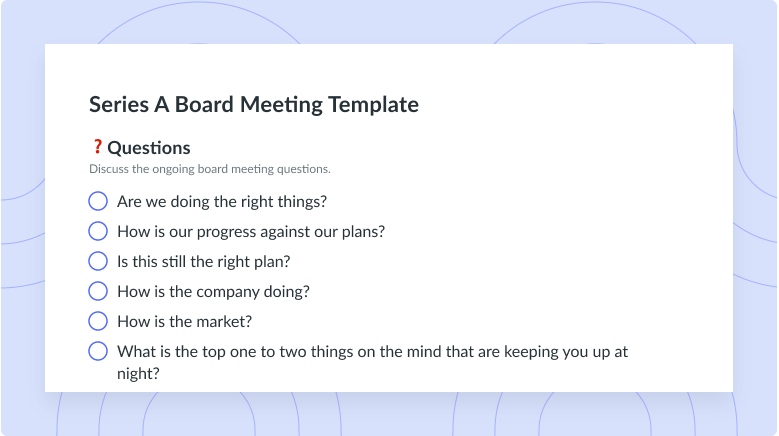Top 11 Documentation Tips From the Supermanagers Podcast
Want to improve your process documentation? Check out these tips from the leadership podcast, Supermanagers.
In the work-from-home era, documentation is crucial for efficient communication. Easy access to company protocol, how-to guides, and progress monitoring documents could make or break a business. Keep reading for 11 of the best documentation tips from the leadership podcast, Supermanagers, so you can improve your documentation and, ultimately, your business.
11 expert-approved tips for documentation
- Job Van Der Voort, CEO at Remote.com
- Johnathan Ronzio, CMO and Co-founder at Trainual
- Eli Fathi, Chairman of the Board at Mindbridge
- David Hanrahan, Chief Human Resources Officer at Eventbrite
- Kevan Lee, Vice President of Marketing at Oyster
- Scott Williamson, Chief Product Officer at GitLab
- Colin Bryar, Former Vice President of Amazon
- David Hoang, Product Design Director at Webflow
- Jennifer Goldman-Wetzler, CEO of Alignment Strategies Group
- Liam Martin, Co-founder of Time Doctor and Running Remote
- Hamza Khan, Author of ‘Leadership, Reinvented’ & ‘The Burnout Gamble’
1Job Van Der Voort, CEO at Remote.com
Job Van Der Voort explained that documentation is important so that teams can complete asynchronous work regardless of their location and time zone. GitLab’s approach of answering a question with a link to a documented resource has shaped how Remote.com encourages a culture of documentation. He believes one of the primary benefits of this is limiting the back-and-forth of calls, which is inefficient and practically impossible for teams in different time zones. Voort believes you should document anything that could help your colleagues, including policies, frequent sales prospect requests, or processes.
2Johnathan Ronzio, CMO and Co-founder at Trainual
Johnathan Ronzio discussed how documentation has encouraged company growth. As a documentary filmmaker, Ronzio was used to recording important moments, but when it came to his company, he was initially reluctant. Now, Ronzio credits documentation with his company’s success.
Trainual uses videos and screen recordings to document best practices, allowing company leaders to make the most of their time. Ronzio also believes that documentation has encouraged employee progression by giving them access to new skills quickly and easily. This means Trainual is constantly growing as company leaders have more free time and employees are consistently gaining new skills.
3Eli Fathi, Chairman of the Board at Mindbridge
To Eli Fathi, documentation is key to maintaining a healthy work culture with good morale and progress. Fathi explained that he uses documentation in his ‘carrots, not sticks’ management style. Instead of telling employees what to do, Fathi motivates them to use their initiative to find relevant information themselves. In this way, he utilizes documentation to encourage progress and proactivity.
Key to this, Fathi explained, was constantly communicating with your team via platforms like the fellow.app. To Fathi, keeping all employees active and included is a great way to empower them to seek information.
4David Hanrahan, Chief Human Resources Officer at Eventbrite
David Hanrahan explained how documentation helped Eventbrite to evolve after the pandemic. Hanrahan described that company changes throughout Covid-19 led to a demoralized workforce, so documenting more ‘compassionate’ practices helped them to bounce back.
For example, Hanrahan said that the company had to establish a standard around working hours in different time zones. The company realized that some employees were working much longer hours than others due to remote working. Therefore, they documented working hour standards to benefit all employees, regardless of their geographic location.
Securely sharing these documents and others, such as a liability waiver, is also important in a remote working environment. This is integral to a company’s commitment to helping its clients and employees.
5Kevan Lee, Vice President of Marketing at Oyster
To Kevan Lee, documentation can either be push or pull, he explained in episode 79 of the Supermanagers podcast. Push is when managers push information out to employees. In contrast, pull is when employees can seek out information themselves to upskill and learn independently. Lee described the importance of having many different ‘pull’ platforms, from using Google Docs for asynchronous collaboration to Asana for project management. Lee believes the ‘pull’ method of documentation is key to creating a calm and responsible working culture.
6Scott Williamson, Chief Product Officer at GitLab
Scott Williamson described how documentation helps his team to work on long-term projects. For Williamson, documentation is a way of capturing his team’s latest thinking so he can track project progression.
Williamson shares large Google Docs with his team, where everyone can contribute their thoughts throughout the evolution of a project. Williamson further explained that being in communication with his team through apps like the fellow.app helps his team to develop ideas and assign tasks.
On a personal level, the GitLab product officer also revealed he uses documentation to prepare for big projects. As he prepares, he notes his thoughts, allowing him to develop his thinking and create high-quality presentations.
7Colin Bryar, Former Vice President of Amazon
Former Amazon VP Colin Bryar revealed that the company would not be where it is today without documentation. He explained that standardizing and documenting their ‘Bar Raiser’ hiring standards propelled the small business to become the sixth largest company in the world. It was the company’s first scalable and repeatable process, enabling them to hire high-quality candidates consistently.
Amazon also used documentation in narratives instead of PowerPoints. Narratives are used to present new ideas in an in-depth document format to enable deeper understanding and better decision-making. This means that clients feel they are getting a personalized experience, which can often be difficult when working to deadlines.
8David Hoang, Product Design Director at Webflow
To David Hoang, documentation is about remembering your successes and boosting morale. At Webflow, team members keep ‘Hype Docs’ where they record important moments for their team, such as a colleague getting a promotion. This is not only an important tool to use in performance reviews; According to Hoang, Hype Docs are also a way to motivate employees by commemorating and celebrating important moments in their teams.
Hype Docs, said Hoang, also help to highlight the human side of someone’s career progression. Unlike a CV or resume, a Hype Doc is a place for memories and helps to create a positive work environment.
9Jennifer Goldman-Wetzler, CEO of Alignment Strategies Group
Jennifer Goldman-Wetzler discussed how she has integrated documentation into her daily routine to improve her business and life. The CEO revealed she keeps a ‘nightly reflection document,’ where she journals all her lessons, thoughts, and feelings from that day. An exercise in mindfulness, Goldman-Wetzler explained that the ritual helps her to hold herself accountable and to learn from her experiences.
If you would like to try your hand at Goldman-Wetzler’s nightly ritual, she recommends asking yourself: ‘what am I grateful for today?’ and ‘what did I feel like today?’.
10Liam Martin, Co-founder of Time Doctor and Running Remote
Liam Martin described his ‘rule of three’ for documentation and information sharing. For Martin, the first and second time you do something is a trial run, but the third time, you have nailed that skill. Moreover, because it is new, you will remember every detail, so now is the time to document it.
According to Martin, you should share this with your colleagues so ‘everyone has the same informational advantage as the CEO.’ He even suggested that employees complete a ‘how to do my job’ guide within their first three months of employment so that their tasks can be delegated in an emergency.
This could be anything from describing how to convert PDF to word documents or how to write a business proposal. Documenting even the most basic processes means that another team member can easily pick up all tasks.
11Hamza Khan, Author of ‘Leadership, Reinvented’ and ‘The Burnout Gamble’
Have you ever thought of keeping a ‘happiness audit’? Hamza Khan discussed how keeping track of his happiness has helped him to achieve success.
A happiness audit is a document where you describe your perfect day and compare it to your current situation. This helps you assess your goals and progress to make the necessary changes to reach your ideal life. Looking back in 2021, he described the audit as a ‘humbling’ experience which he has decided to reboot to reassess his goals and vision of success.
Parting advice
Documentation can take many forms, from creating a video on using a Salesforce proposal generator or documenting your personal progress. Whatever you choose to document, there’s no doubt that recording your process is an extremely useful tool for any business. We hope these tips are useful in your documentation journey as this process becomes increasingly important in the work-from-home era.

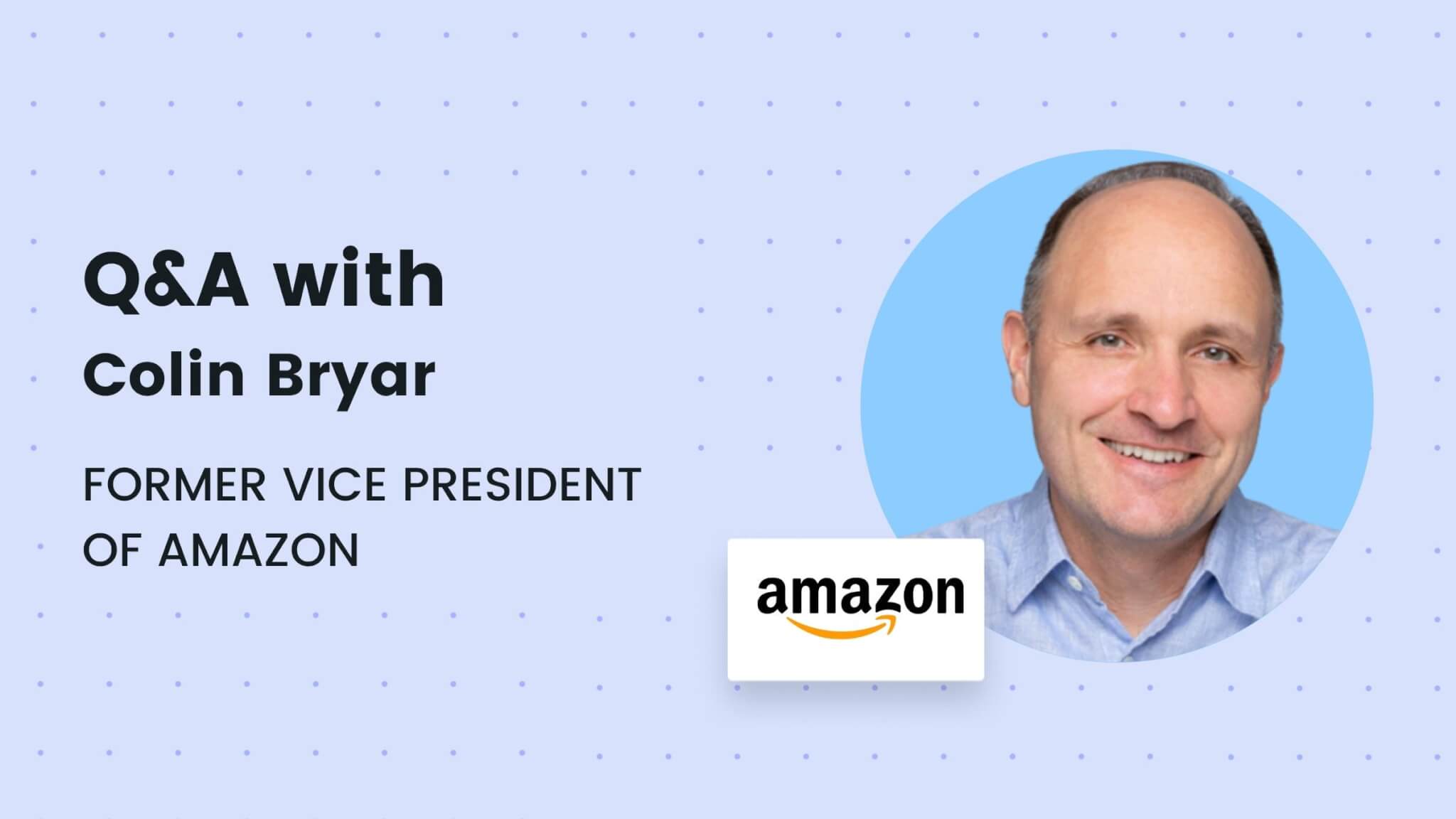


![Helpful Advice for CTOs [Approved by Experts!]](https://fellow.app/wp-content/uploads/2022/10/Helpful-Advice-for-CTO.jpg)
